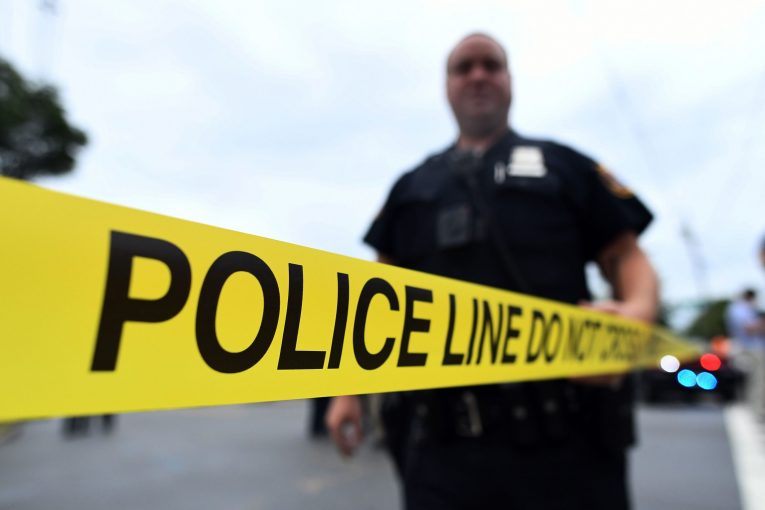

By Angela Patel and Alexander Pleitez
TIPPECANOE COUNTY, IN – Researchers claim the training police undergo to understand the mind and actions of teenagers is subpar, exemplified by the considerable number of adolescents and young adults being sent to juvenile detention every year.
However, communities such as Tippecanoe take strides to unfold the problem and find ways to improve police training.
Across the country, efforts to keep young people out of jail and away from the criminal justice system altogether have been championed by criminal justice reform movements and Democratic state legislatures.
Recently, California passed a law that will close the state’s juvenile detention centers in July 2023, and the California Supreme Court ruled in February that teenagers under 16 cannot be tried as adults.
But beyond legislative reforms, many local police departments are seeing a need for change in the juvenile justice system and juvenile policing.
A training session called “Policing the Teen Brain” that has been implemented in Tippecanoe County is an example of a program that aims to teach local police officers about the psychology behind adolescent behavior and ways to reduce conflict with youth.
Officer Brian Lowe attended this training session and immediately recalled his own encounters with adolescents including an arrest for trespassing and for stealing a cafeteria sandwich,
Lowe would later state, “In the police academy, I didn’t have one minute of training on how to deal with youth.”
The county also offers free or low-cost anger management courses, substance abuse programs, and mental health counseling for teenagers as part of their efforts to lower the rates of detention.
According to The New York Times, Tippecanoe County began implementing these programs in 2013 after a shocking assessment found that “44 percent of 12-to-18-year-olds in the community who were detained faced crimes like resisting arrest, without being charged with any underlying offenses.”
The chief deputy probation officer for Tippecanoe’s juvenile division, Scott Angstadt, told The New York Times, “We need to focus on detaining the right kids at the right time for the right reasons. Rather than the kid who made us mad, we want to detain the kid who is dangerous to the community.”
In a typical interaction between teenagers and the police, police officers may get frustrated when a young person runs away, acts out, or seems to be resisting arrest. In many cases, young people get arrested for such behavior.
In 2019, more than 53,000 juveniles were arrested for “disorderly conduct,” according to the U.S. Department of Justice. And, 42 percent of those juveniles were Black, and 44 percent were under the age of 15.
Especially for youth of color and youth with mental health issues, interactions with the police can be extremely risky and lead to serious criminal consequences, suggest studies.
In addition, being sent to juvenile detention greatly impacts a teenager’s life, making it harder to attend school and eventually go to college and/or get a job. Dealing with legal fees and time in detention is also expensive and traumatic for teenagers and their families.
Despite this, in Tippecanoe, the police reform efforts seem to be working, at least when you look at the number of young people being detained. From 2010 to 2019, the number of juveniles who were put in detention centers in Tippecanoe dropped from 334 to 98, a reduction of 71 percent.
Tippecanoe’s juvenile policing program is part of a larger program called Strategies for Youth that seeks to change the ways in which police interact with juveniles.
According to the organization’s website, “Strategies for Youth actively engages police, youth, and youth-serving community-based organizations in an interdisciplinary approach to addressing several problems: the proliferation of contentious encounters between police and youth, unnecessary arrests of youth for minor offenses, and disproportionate police contact with youth of color.”
The organization claims to want to improve outcomes for youth, specifically youth of color who are at disproportionate risk for encounters with the police.
Strategies for Youth does not seek to minimize youth encounters with the police, but rather to “problem solve and build relationships” between the two groups.
“We seek to reorient the role of law enforcement officers to ‘guardians’ who work in partnership with community-based organizations to address the social, emotional, and health needs of families and youth,” Strategies for Youth states.
Police departments in 21 different states have held training sessions through Strategies for Youth, and many counties have seen decreases in juvenile detention rates after implementing the program.

